Guerilla art: Israeli hostage poster campaign takes it to the street
A defining aspect of the Israel-Gaza war, the Kidnapped posters have been translated into 37 languages and hang in cities worldwide, forcing horror stories into the public square.
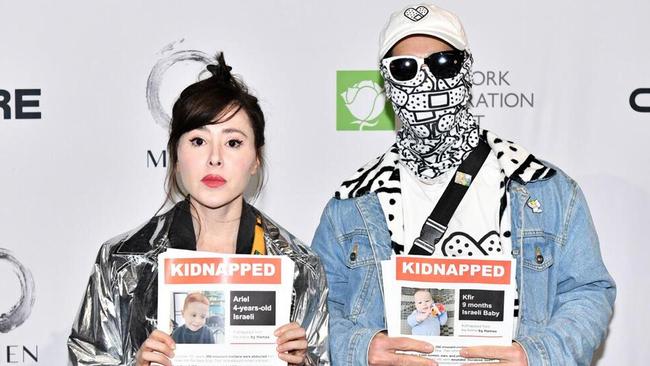
Just after the October 7 massacre of 1200 Israeli civilians, Israeli street artists Dede Bandaid and his partner Nitzan Mintz, fast-tracked a poster campaign pushing for the safe return of 240 hostages taken by Hamas.
Less than 48 hours later, after reaching out to Facebook friends, they had photos of hostages on posters with their age and boldly headlined ‘‘Kidnapped’’.
A defining aspect of the Israel-Gaza war, the posters were translated into 37 languages and hang in cities worldwide, forcing horror stories into the public square accompanied by anguished pleas for the return of loved ones while also acting as pro-Palestinian flashpoints.
A month before Hamas’s atrocities, Band-Aid, 36, and Mintz, 32, moved to New York from Tel Aviv for an art program. Far from home, they desperately wanted to help and came up with the poster campaign. Now they have two design partners in Israel and a global team and it is “one of the most widespread guerrilla public artworks in history’’.
Unarguably, the campaign demonstrates the unity of the Jewish community across borders: from vigils in Sydney to Europe, North and South America and Asia, the same artwork with the same faces in different languages reflects people’s pain.
“In the beginning it wasn’t easy because there was total chaos in Israel,’’ says Bandaid. “No one knew what had happened. It took so long to understand who had died, who had been kidnapped. Even now we find out someone we thought had been kidnapped actually died. It’s still not 100 per cent clear.”
One thing was clear: they needed to disseminate the posters quickly.
“We asked our Facebook friends in Israel to send us photos of people they knew who had been kidnapped because in the beginning Hamas posted videos of their actions including horrifying pictures of people being kidnapped, pushed in to cars, on to motor bikes and taken into Gaza,’’ Bandaid said.
“And so many were slaughtered – everyone knows someone affected. We just knew we had to bring awareness to the world, to make everyone understand we are talking about human life, innocent civilians.’’
Indeed, Bandaid – a pseudonym – was officially invited in 2017 to showcase his art at the former Lodz ghetto in Poland where his family had been held before their murders in the Holocaust. He and Mintz painted wall murals of a giant Bandaid and a symbolic phoenix bird rising from the ashes of the ghetto.
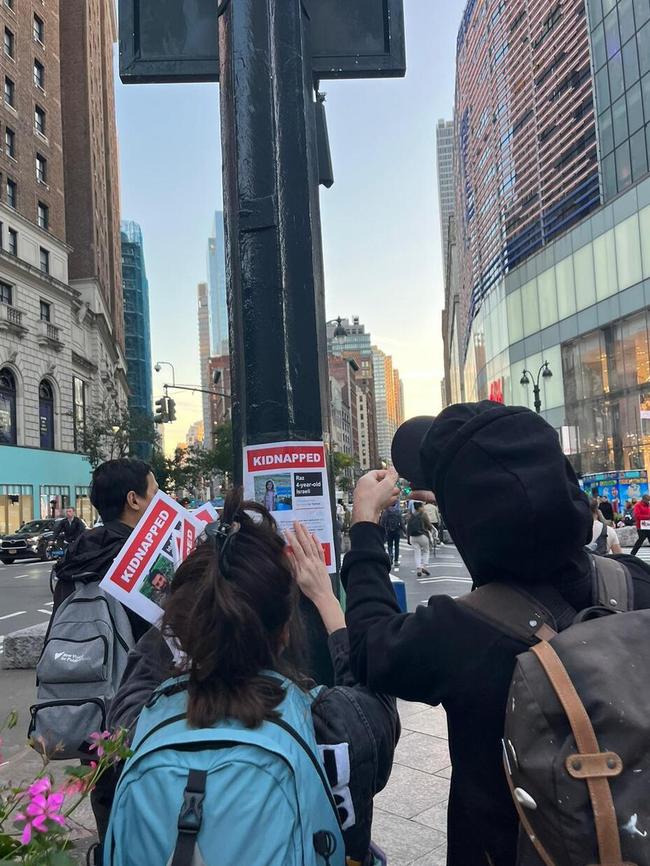
“It was very personal and powerful to paint there, knowing my family was in Lodz.’’
Bandaid became Dede’s iconic art brand as he sought to express his pain after four years of traumatising military service.
The selection of hostages released is a cruel game of numbers by Hamas, Bandaid says. “They are all suffering; we want all of them back. It reminds me of the stories of our grandparents from the Holocaust.’’
Hostages’ families began contacting the couple on social media, asking them to add names and photos. On October 9, they lugged boxes of 2000 posters to Central Park, main streets and neighbourhoods sticking them to poles and walls and at subway stations. “We also asked people along the way if they wanted to help post them. New Yorkers didn’t even want to know what we were doing. We felt very alone in this fight. We arrived home late at night completely broken.
“We uploaded the posters on our social media and went to bed.
“Overnight the campaign went super viral.’’
People printed and placed the posters everywhere – including New York.
But it wasn’t long before divided public opinion over the war provoked visceral pro-Palestine protests and anti-Semitism.
People started tearing down the posters or defacing them.
“In the beginning there was a lot of empathy but after a few days people’s opinion changed very quickly and it was reflected in the press and on social media. The posters became a symbol in the argument about the conflict.
“People just forgot what happened on October 7. People can’t ignore that.’’
Bandaid says the general populace don’t know how to separate the issues. “They have to understand they can be pro-Palestinian and anti-Hamas.’’
People can also be pro-Israel and anti-Israel government.
“People who … have never been to Israel, never learned enough about the situation, have opinions. They learn their politics from TikTok.’’ Their ignorance was driving anti-Semitic protests, including accusations of Israeli acts of genocide and fake news.
“If people want to show how Palestinians suffer in Gaza and they want to put their own posters next to ours, I will be the first to respect it. We want peace as much as others. We want good neighbours. We only fight Hamas.’’

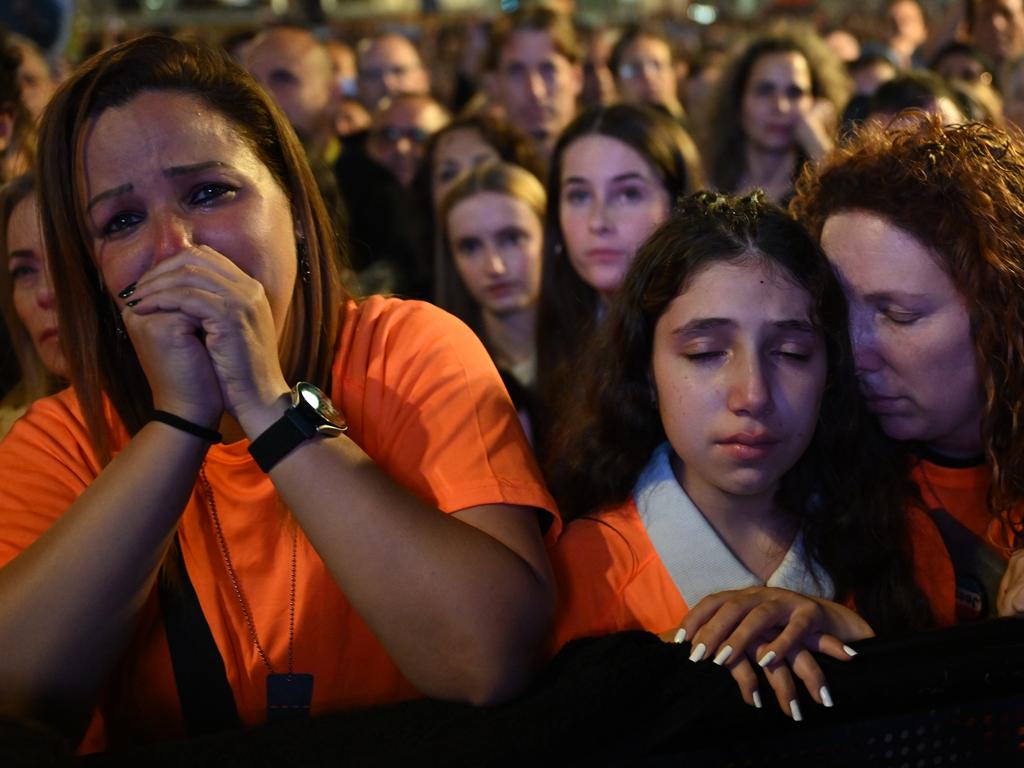

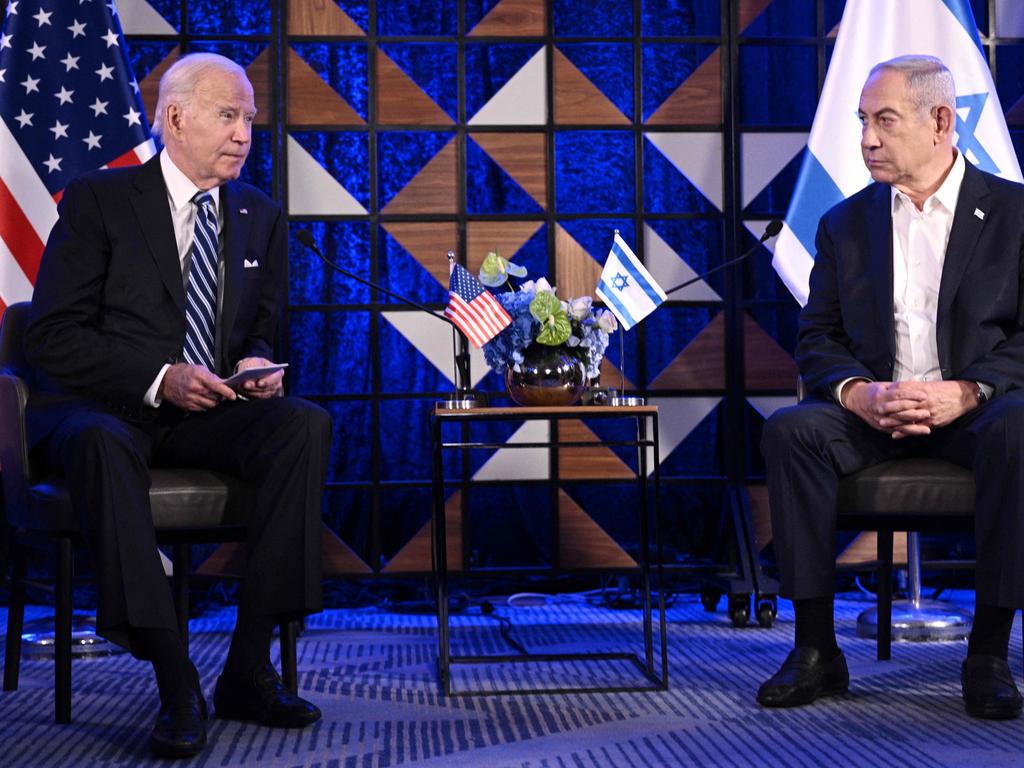
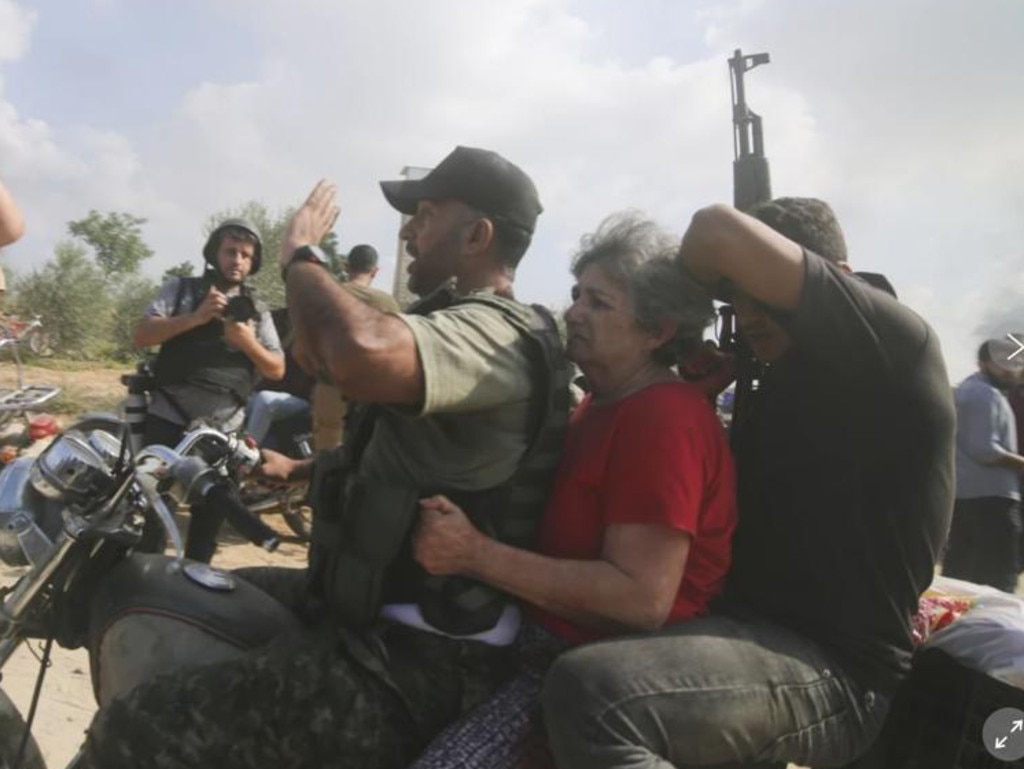


To join the conversation, please log in. Don't have an account? Register
Join the conversation, you are commenting as Logout